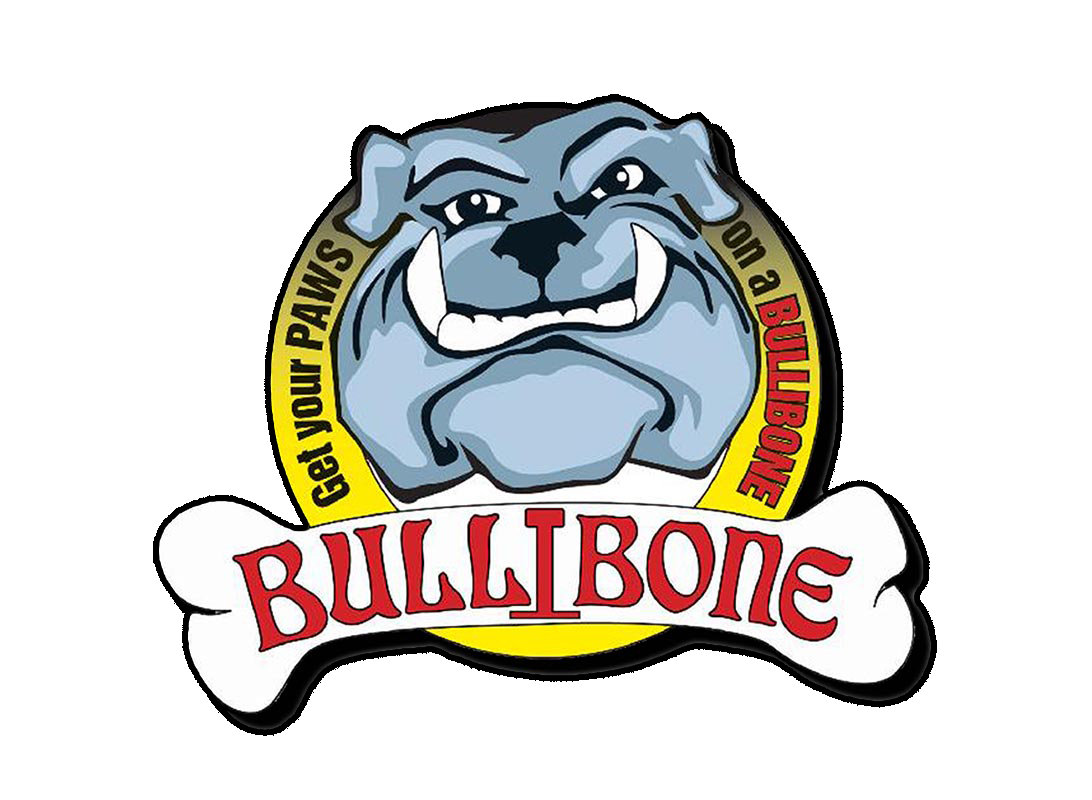As winter sets in and temperatures drop, it’s essential to ensure that our beloved canine companions stay cozy and warm. Dogs, like humans, can be sensitive to cold weather, and it’s our responsibility as dog owners to keep them safe and comfortable during the chilly months. In this article, we’ll explore practical tips and tricks on how to keep dogs warm in winter. From protecting their paws to providing extra warmth, we’ve got you covered. So, grab a warm cup of cocoa, snuggle up with your furry friend, and let’s dive into this winter wonderland of dog care.

- Paw Protection: Shielding Against the Cold
Just like our hands, a dog’s paws are susceptible to the harsh effects of cold temperatures. The freezing ground, icy sidewalks, and chemical-laden salts used for de-icing can be harmful to their delicate paw pads. Here’s how you can protect your dog’s paws:
Invest in dog boots: Dog boots not only provide insulation but also create a barrier between your dog’s paws and the cold surfaces. Look for well-fitted, waterproof boots that offer both comfort and protection.
Paw balm or wax: Apply a paw balm or wax before venturing out into the cold. These products create a protective layer on the paw pads, preventing dryness and cracking.
Keep paws clean and dry: After each winter walk, wipe your dog’s paws with a warm, damp cloth to remove any snow, ice, or salt. Drying their paws thoroughly helps prevent irritation and frostbite.
2. Cozy Shelter: A Warm Haven
A warm and comfortable shelter is crucial, especially for dogs that spend a significant amount of time outdoors. Here are some tips to ensure your furry friend’s shelter is winter-ready:
Insulate the dog house: Line the interior of the dog house with insulating materials such as straw, blankets, or specialized dog house insulation. This provides an extra layer of warmth and helps retain body heat.
Elevated and draft-free: Raise the dog house slightly off the ground to prevent cold from seeping in. Ensure the entrance faces away from prevailing winds, and use weather stripping or a door flap to keep drafts at bay.
Heated dog bed: Consider investing in a heated dog bed for added warmth. These beds use low-level heat to keep your dog cozy during the colder nights.


3. Layer Up: Winter Wardrobe for Dogs
For dogs with thin coats or those particularly sensitive to the cold, a winter wardrobe can make a significant difference. Here are some fashionable and functional ways to keep your pup warm:
Dog sweaters or jackets: Choose a well-fitted sweater or jacket made from warm, insulating materials. Look for options that cover the chest and back to provide maximum coverage.
Dog booties: Not only do dog booties protect paw pads, but they also provide an extra layer of insulation for your furry friend’s feet. Plus, they can be quite the fashion statement!
Snug and stylish: When dressing your dog, ensure the clothing is snug but not too tight, allowing for easy movement. Remember, comfort is key!
4. Indoor Comfort: Snuggling Up Inside
When the winter winds howl outside, our dogs seek solace in the cozy corners of our homes. Here’s how you can create a warm and inviting space indoors:
Warm blankets and bedding: Provide your dog with warm blankets and bedding in their favorite resting spots. Fleece or thermal blankets are excellent choices for extra coziness.
Avoid cold drafts: Keep your dog’s sleeping area away from drafts, such as near windows or doors. Ensure they have a warm spot away from cold air currents.
Indoor clothing: If your dog doesn’t mind wearing clothes indoors, consider a lightweight sweater or coat to keep them toasty.
5. Winter Walks: Safety First
While winter walks can be refreshing, taking precautions to ensure your dog’s safety in colder weather is essential. Follow these guidelines for enjoyable and safe winter walks:
Time it right: Plan walks during the warmest parts of the day to avoid extremely cold temperatures. Early morning or late afternoon walks are ideal.
Shorten walk duration: Dogs are more prone to cold-related issues during prolonged exposure to freezing temperatures. Keep walks shorter but provide additional playtime indoors to compensate.
Watch for signs of discomfort: Pay attention to your dog’s behavior during walks. Signs of shivering, lifting paws off the ground, or reluctance to continue may indicate they’re feeling too cold.
6. Nutrition and Hydration: Fueling the Internal Furnace
A well-balanced diet plays a vital role in keeping your dog warm during the winter months. Here’s what you can do to support their internal furnace:
Adequate nutrition: Consult with your veterinarian to ensure your dog’s diet meets its specific nutritional needs. High-quality dog food helps maintain a healthy coat and boosts their overall immune system.
Hydration matters: Ensure your dog has access to fresh and unfrozen water at all times. Dehydration can occur even in cold weather, so encourage regular water intake.
With these tips in your winter arsenal, you can ensure your furry friend stays warm, comfortable, and safe during the colder months. Remember, just as we need extra care and attention in cold weather, our dogs do too. From protecting their paws to providing cozy shelter and fashionable winter wear, you can keep your canine companion snug as a bug in a rug. So, embrace the winter wonderland, go on frosty adventures together, and cherish the warmth and love that come with being a caring and responsible dog owner.
Stay warm and enjoy those winter walks with your furry friend!
